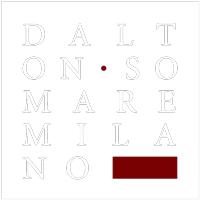We, Ivory Coast
Wood, iron, fibers, pigments
Late 19th century
21 cm
Provenance
Merton Simpson, New York
C. & H. Tanenbaum Collection, Toronto
Jacques Germain, Montreal
Private Collection, Bruxelles
Publications
Art Ancien de l’Afrique Noire VI, Jacques Germain, Montreal, 2013, pp. 40-41 (ill.)
The grotesque appearance and material complexity of this mask, a good example of cumulative sculpture, clearly express the ambiguity of the character it represents: a beggar who embodies both masculine and feminine essences in his semi-divine entity.
The epithet of the mask, “beggar,” is justified by its role in forcefully urging donations during its outings, which can occur at any time.
As is often seen in Dan masks and figures, the We carver covered the upper part of the face with braids held in place by metal hooks.
The forehead is marked with scarifications, and the slit-shaped eyes allow the dancer to remain unrecognized during performances.
Small metal teeth add a touch of aggressiveness to the mask.
Performances of We masks may span the careers of many generations of wearers, contributing to the increasingly sacred status of these objects.
The heavy signs of wear and the ancient patina from repeated use testify to the long cultural role played by this significant mask.



